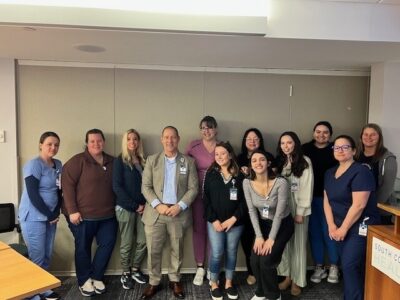DAISY Award Winners
Laurie Robert, RN Recognized with DAISY Award during Employee & Nurses Week
May 08, 2025

DAISY Award Winners
May 08, 2025


Awards and Accreditations
April 28, 2025


April 21, 2025

Staff Spotlight
April 09, 2025




Staff Spotlight
March 26, 2025

